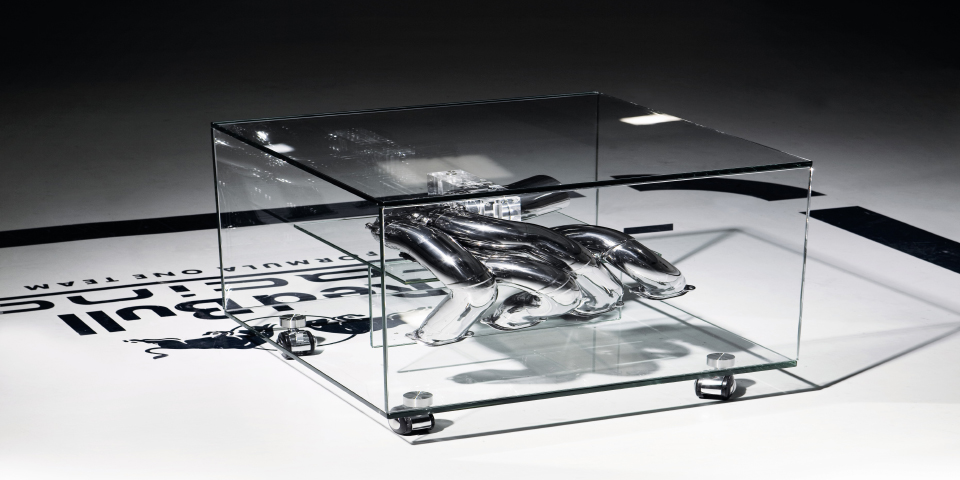Gold and 12 Zeroes, Part I

By Adrian Ash
Where Volcker wrung inflation out of the system, Bernanke is wringing cash-savers’ necks…
AS WE NEVER TIRE of boring anyone who’ll listen, it’s not inflation alone that makes gold prices rise. If it were, the last decade’s four-fold rise would be missing, and gold wouldn’t have dropped by three-quarters during the 1980s and ’90s.
Yes, the cost of living has increased since 2001, no doubt about it. Yes, the real value of money has contracted. But the pace of change doesn’t compare with the 25% suffered by UK consumers in 1978, nor the 8% annual average hitting US consumers between 1971 and the end of 1980.
So the common link between the 1970s and the last decade of rising gold prices is a little more complex than inflation alone. But only a little.
Because it’s the failure of interest rates to keep pace with inflation that matters.
- The 1970s saw 3-month Treasury bills pay an average of 0.1% per year less than domestic US inflation. That decade saw gold prices rise 24 times over vs. the Dollar;
- The 1980s and ’90s saw 3-month bill rates average 3.1% more than inflation each year. Gold fell by 81%;
- The last 11 years have seen real T-bill rates sink alongside Federal Reserve rate and longer-term Treasury bond yields, averaging just 0.3% since Jan. 2000. Gold has risen 450% low-to-peak.
Most telling – and thanks as much to the flight-to-safety after Lehmans collapsed as to Ben Bernanke’s response – real rates have now averaged fully 1.0% below US inflation since the global financial crisis began in summer ’07. Professional wholesale dealers meantime ask 1,350 US Dollars for an ounce of gold, up from $649 before the crisis broke.
Now, no one should try trading in and out of gold bullion using this number. That plunge in real rates, for instance, of early 1980 proved a fake, as investors soon discovered after piling back into gold when it bounced from a 40% plunge. Similarly, the rise in real rates of 2006 did not prove a sell signal. The underlying trend, it turned out, was still down for rates…and up for gold. And short term, plenty of other factors can get in the way as well – be it mid-term elections, the Indian festival season, or a global guessing-game of whether the Fed will print eleven or twelve zeroes after the figure $1 when it meets next week.
That policy, remember, is designed to mimic an interest-rate cut. Because interest rates already have already been slashed to zero. Creating $4 trillion next Wednesday would be “equivalent to a cut in interest rates of 3%” reckons Goldman Sachs, complaining that we’ll probably get a measly $2 trillion instead.
Let’s take the vampire squid at its word, and imagine that the Fed goes for a two and twelve zeroes, eating a further 1.5% off the real rate of interest (not) being paid by 3-month T-bills. Such a move (and notional outcome) would take real returns down to minus 3.9%…the worst level since the start of 1975, back when US inflation was running above 10%.
That same month, almost 36 years ago, gold hit what proved an intermediate peak, slipping by almost one-half as real interest rates then climbed up towards zero. Like we said, real rates aren’t a dead-set signal for short-term direction. But they then failed at zero and slipped back – while gold rose 8-fold again – before the Volcker Fed finally set about “wringing inflation out of the system” in mid-1980 with double-digit overnight rates.
If you expect Ben Bernanke to wring anything but cash-savers’ necks in the next year, then please – go ahead and sell gold. And if you want to know what happens if inflation subsides, as he keeps claiming it will, watch out for Part II next week.
Adrian Ash
Gold price chart, no delay | Buy gold online at live prices
Formerly City correspondent for The Daily Reckoning in London and head of editorial at the UK’s leading financial advisory for private investors, Adrian Ash is the editor of Gold News and head of research at BullionVault – winner of the Queen’s Award for Enterprise Innovation, 2009 and now backed by the mining-sector’s World Gold Council research body – where you can buy gold today vaulted in Zurich on $3 spreads and 0.8% dealing fees.
(c) BullionVault 2010
Please Note: This article is to inform your thinking, not lead it. Only you can decide the best place for your money, and any decision you make will put your money at risk. Information or data included here may have already been overtaken by events – and must be verified elsewhere – should you choose to act on it.














